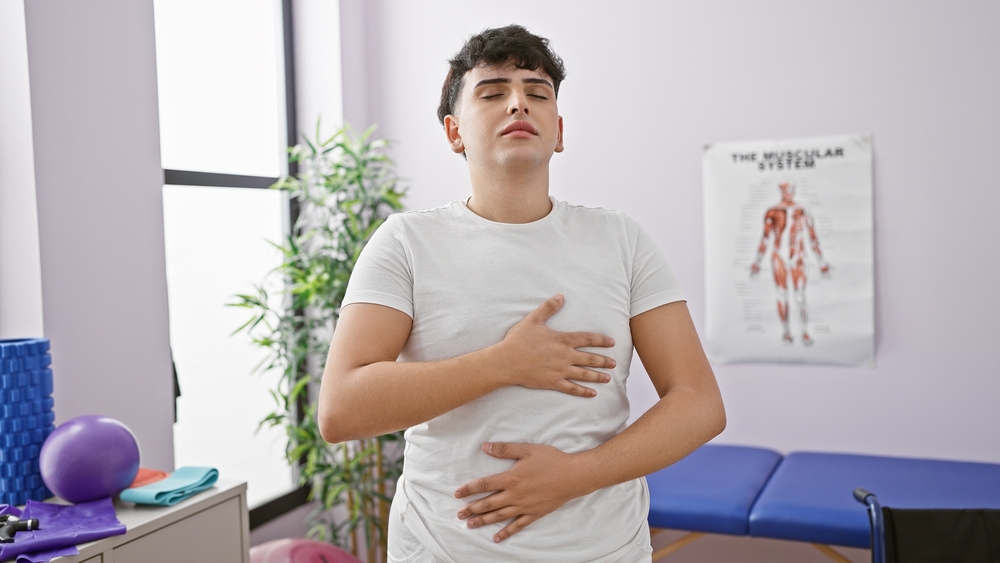Pelvic Floor Exercises to Improve Bladder Control
Pelvic floor exercises can help people manage frequent urination and improve bladder control by strengthening muscles that support the bladder and urethra. This article explains how kegels and other pelvic routines work, when to seek medical diagnosis, and factors like hydration, caffeine, and medication that affect symptoms.

Pelvic floor exercises are a non-invasive way to support bladder function and address symptoms such as frequent urination, urgency, and nocturia. Strengthening the pelvic muscles can improve continence by helping the bladder resist unwanted leaks and control voiding. This article explains practical exercise techniques, how they interact with hydration and medications, and when a formal diagnosis is appropriate.
This article is for informational purposes only and should not be considered medical advice. Please consult a qualified healthcare professional for personalized guidance and treatment.
How do pelvic exercises affect bladder control?
Pelvic floor muscles form a sling under the bladder and urethra; when they contract they provide structural support that helps maintain continence. Regularly performing targeted exercises can increase muscle tone and responsiveness, reducing episodes of urgency and the frequency of urination. For many people, improved pelvic strength allows better timing of bathroom visits and may reduce nocturia. Exercises are most effective when combined with behavioral strategies such as bladder training and scheduling, and when underlying causes identified by a healthcare provider are managed.
What are kegels and how to perform them?
Kegels are contractions of the pelvic floor muscles aimed at improving strength and endurance. To find the right muscles, imagine stopping the flow of urine or preventing passing gas; the muscles you use are the pelvic floor. A typical routine involves slow holds (contract for 5–10 seconds, relax for equal time) and quicker repetitions (10–20 quick squeezes). Proper technique matters: avoid tightening the abdomen, buttocks, or thighs. Progress gradually and aim for consistent practice several times a day. If unsure of technique, a pelvic health physiotherapist can provide guided instruction.
Can exercises reduce urgency and nocturia?
Pelvic floor training can reduce urgency in many people by increasing the ability to suppress sudden urges to void. For nocturia (waking to urinate at night), exercises may help when muscle weakness is a contributing factor, but nocturia often has multiple causes including fluid intake, sleep disorders, or medical conditions. Managing evening hydration and limiting caffeine and diuretics before bed can complement exercise-based approaches. Tracking symptoms and patterns helps determine whether exercise alone is sufficient or whether further medical evaluation is needed.
How do pelvic exercises relate to continence?
Continence depends on coordinated muscle strength, bladder capacity, and nerve signals. Strengthening the pelvic floor improves the mechanical support for the urethra and can reduce stress-related leakage during activities like coughing or lifting. For mixed incontinence (both stress and urgency components), a combined program of pelvic muscle training and bladder retraining often yields better results than either approach alone. Long-term adherence and correct technique are key to sustained improvement; some individuals may also benefit from adjunct therapies recommended by clinicians.
Role of hydration, caffeine, and diuretics in bladder symptoms
Fluid management affects bladder frequency and urgency. Adequate hydration supports overall health, but excessive fluid intake—especially in the evening—can worsen nocturia. Caffeine is a bladder stimulant for many people; reducing or avoiding caffeinated beverages can decrease urgency and frequency. Prescription or over-the-counter diuretics increase urine production and may exacerbate symptoms; discuss timing and necessity of diuretics with a prescribing clinician. Simple adjustments in hydration patterns, together with pelvic exercises, often produce measurable symptom improvements.
When to seek diagnosis and medication options
If symptoms such as persistent urgency, frequent urination, painful urination, blood in the urine, or sudden changes in continence occur, seek medical evaluation for diagnosis. A clinician may assess symptoms, perform urine tests, and consider imaging or urodynamic testing if indicated. Medication may be recommended in some cases to manage overactive bladder or other conditions; these can help reduce urgency and frequency but carry potential side effects. Pelvic floor exercises are commonly used alongside medication and lifestyle changes to provide a comprehensive approach to symptom management.
Pelvic floor exercises are a practical, low-risk component of managing frequent urination and improving bladder control. They are most effective when performed correctly and consistently and when combined with behavioral strategies such as bladder scheduling and attention to hydration and caffeine. For persistent or severe symptoms, professional diagnosis and discussion of medication or other interventions can guide a tailored plan.






